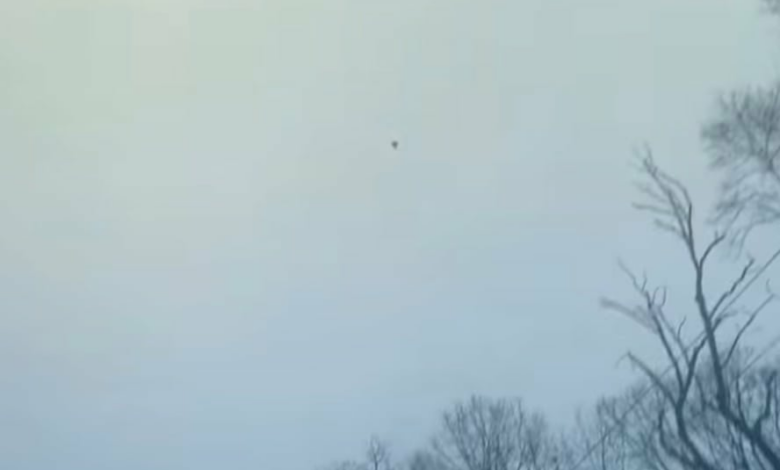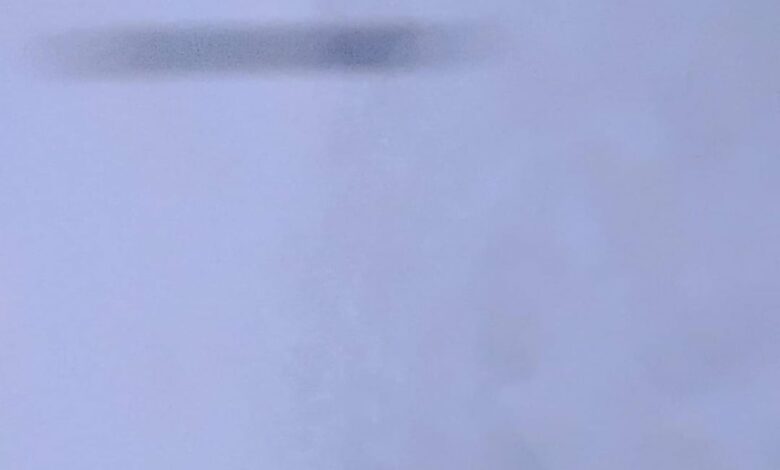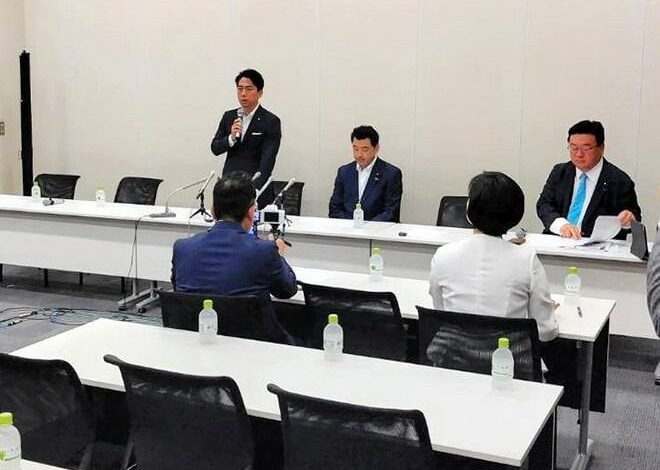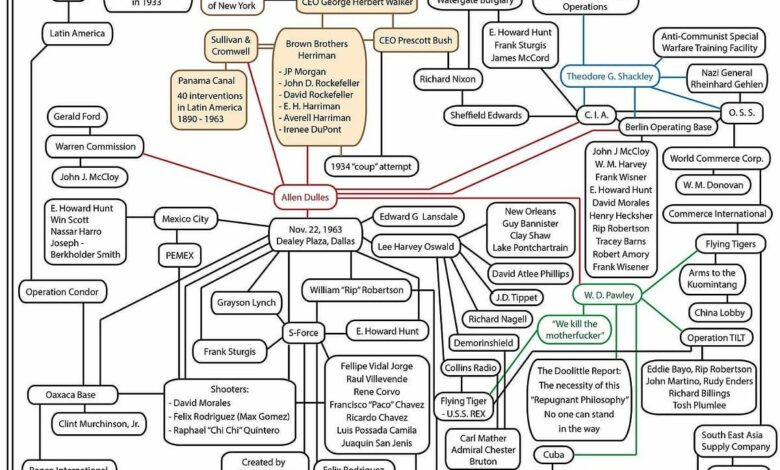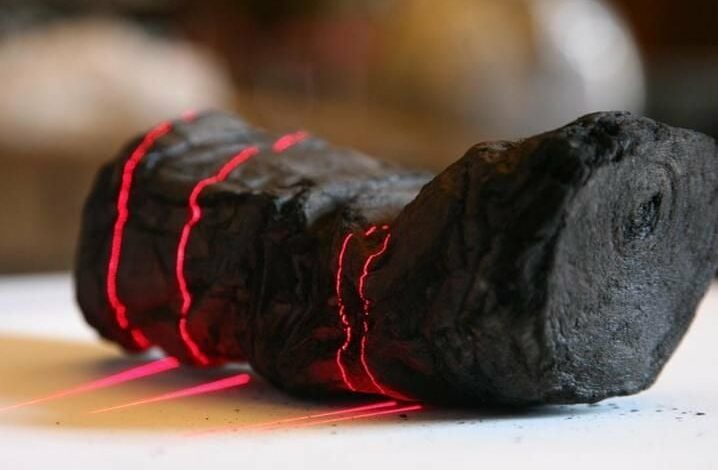Unraveling UFO Sightings in Northwest Indiana Recent UFO Sightings Shared on Social Media A captivating thread recently emerged in a…
Read More »Group
Mysterious Lights in the Sky: Another UFO Sighting? Have you ever looked up at the night sky and wondered about…
Read More »Shigeru Ishiba Appointed as Japan’s New Prime Minister: A Look at His Stance on UAPs In a surprising turn of…
Read More »Unveiling the Complex Web of Power: George H.W. Bush, UFOs, and the Consolidation of Global Influence In the quest to…
Read More »Lue Elizondo Confirms Existence of Secretive Group with Deep Knowledge of UFO Information In a recent statement, Lue Elizondo, former…
Read More »AI Revolutionizes Deciphering Ancient Texts: Could It Decode the Ramey Memo? In an age where artificial intelligence (AI) continues to…
Read More »Exploring Realistic Goals for Statistical Analysis and Machine Learning Using UFO Data
Innovative Approaches: Achieving Realistic Goals in Statistical Analysis and Machine Learning for Unidentified Aerial Phenomena (UAP) Data
As interest in Unidentified Aerial Phenomena (UAP) grows, researchers are setting realistic goals for statistical analysis and machine learning applications to deepen our understanding. Here’s a breakdown of some achievable objectives:
-
Pattern Recognition and Anomaly Detection: Utilizing machine learning algorithms to identify patterns and detect anomalies in UFO sighting reports.
-
Data Classification: Developing models to classify sightings based on various features such as time, location, and physical characteristics.
-
Predictive Modeling: Creating predictive models to forecast future sightings based on historical data.
-
Geospatial Analysis: Conducting geospatial analysis to map sightings and identify potential hotspots.
-
Natural Language Processing (NLP): Applying NLP techniques to analyze the textual data from witness reports for common themes and entities.
- Clustering and Correlation Analysis: Leveraging clustering techniques to group similar sightings and performing correlation analysis to explore relationships between various factors.
These goals offer a blend of scientific rigor and technological innovation, paving the way for more objective and data-driven insights into the enigmatic world of UFOs.
Pattern Recognition and Anomaly Detection: Utilizing machine learning algorithms to identify patterns and detect anomalies in UFO sighting reports.
Data Classification: Developing models to classify sightings based on various features such as time, location, and physical characteristics.
Predictive Modeling: Creating predictive models to forecast future sightings based on historical data.
Geospatial Analysis: Conducting geospatial analysis to map sightings and identify potential hotspots.
Natural Language Processing (NLP): Applying NLP techniques to analyze the textual data from witness reports for common themes and entities.
Breaking News: Machine Learning Set to Unlock New Insights in UFO Research The realm of Unidentified Flying Objects (UFOs) has…
Read More »
